
Invention based on household objects could help us extract water from frozen moon soil
Almost exactly on the moon’s South Pole lies the 12-mile-wide, two-mile-deep Shackleton Crater. Because of its steep rim, the crater’s interior has lain in darkness for billions of years. It’s among the so-called ‘permanently shadowed regions’ on the moon, where scientists believe water could be buried in the lunar soil.
We’re going to need that water if we’re to venture to Mars – or indeed anywhere further afield than the moon. Supplying our space missions with water from Earth is just too expensive and resource intensive. That’s why in July 2024, the Aqualunar Challenge – from the UK Space Agency and Challenge Works – tasked teams of inventors in the UK with designing a technology to purify water from dirty lunar ice. (A concurrent competition for Canadian innovators was run by the Canadian Space Agency and Impact Canada.)
In March 2025, armed with a Tesco microwave, an auger for digging fence posts, and an array of other carefully procured household objects, Gloucestershire-based engineer Lolan Naicker and his company Naicker Scientific took home the £150,000 top prize.
Turning the undrinkable drinkable
The crumbly rocky stuff that blankets planets is known to scientists as ‘regolith’. That’s ‘soil’ to us earthlings lucky enough to coexist with plants. We don’t know exactly what it’s made of, but remote sensing data tells us that about 5.6% of the regolith at the lunar South Pole is water frozen as ice.
Even once extracted from the regolith and defrosted, the water will still be undrinkable. According to the remote sensing data, it’s full of contaminants including hydrogen sulfide and ammonia. While famously horrendous-smelling on Earth, with scents resembling rotten eggs and urine, these compounds are also toxic.
The scenario set out in the challenge assumed that participants would start with dirty ice, with the regolith pre-processing step already complete. Looking to set himself apart from the other finalists, Naicker decided to go above and beyond. Instead, he’d start with regolith. His plan was first to extract liquid water, then, get rid of the contaminants, leaving behind potable water.
Not a single part of this would be straightforward. “Imagine digging up the soil in your back garden in the middle of winter and trying to extract frozen water to drink,” says Naicker. “Now imagine doing it in an environment that is -200°C, a nearly perfect vacuum, under low gravity, and with very little electrical power. That’s what we will have to overcome on the moon.”
Melting ice might be easy on Earth. Not so on the moon. With an atmosphere so thin it’s practically a vacuum, heated ice doesn’t melt, it sublimates – turning straight into a gas.
The first step of Naicker’s setup takes advantage of this process. An auger, which is a helical blade, pushes the regolith through a quartz tube embedded in a microwave. The microwaves heat up the soil, producing a stream of dry regolith and a collection of sublimated gases. These gases are routed to a process which condenses the gases into contaminated liquid water. (Due to a patent application, Naicker can’t talk about how this part works.)
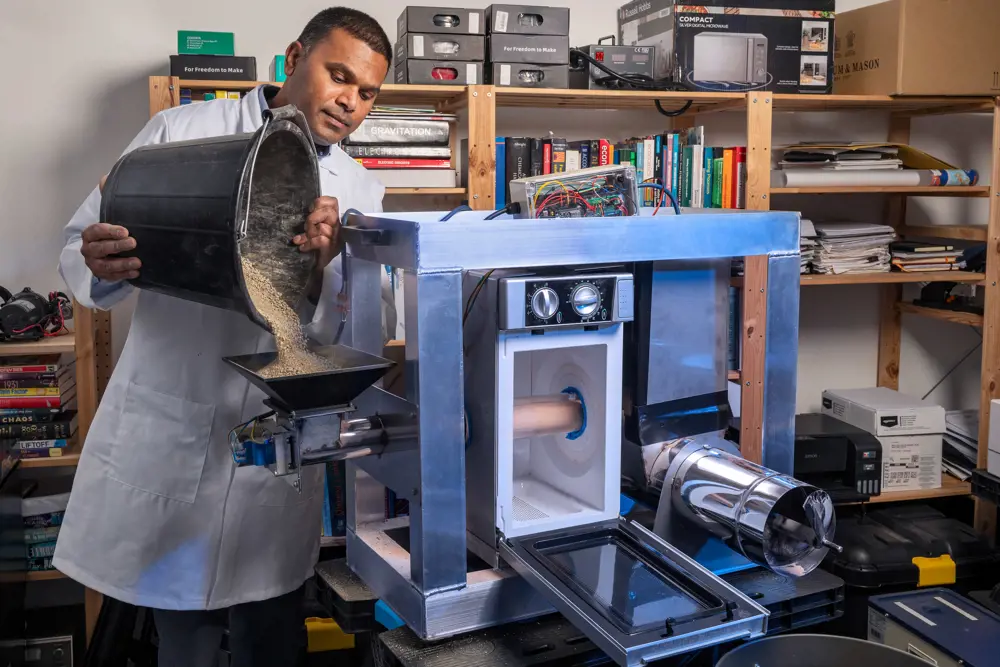
From household appliances to moon tech: Naicker built the prototype of a lunar regolith processing system with a BBQ wood pellet feeder on the left, a domestic microwave oven in the middle, and an auger – a tool for digging holes in the ground for fence posts – on the right, with building sand as a lunar regolith simulant © Max Alexander/Aqualunar Challenge
In the next step, to get rid of the contaminants, Naicker’s setup blasts the water with powerful ultrasound waves. Reaching up to 5000°C, the millions of tiny bubbles generated by the waves act like microreactors. Inside, highly reactive free radicals break down and remove contaminants, leaving clean water. The design also factors in an autonomous rover to carry away the dry regolith, which can be reused as a building material.
The sheer scope of his design just might be what clinched the prize for Naicker. And not just starting from regolith, either: the ultrasound approach he’s developed has potential for earthbound applications.
Space technology on a shoestring
Naicker didn't pick a Tesco microwave for fun. “It's not normal to use these everyday items in developing space technology,” he says. With only 5 months and £30,000 to build a prototype, time and budget management was a huge challenge.
Space technologies aren’t known for being cost-effective. “They are precision-engineered, one-off items,” explains Naicker. “If I were to custom design and manufacture every component in that right, that would basically blow the budget.”
Having spent much of his childhood tinkering with things around the house, Naicker developed a knack for creating proof-of-concept devices with everyday objects when he worked at Dyson. “It's not a space industry sort of thing,” he says. “It's a consumer product design approach, to be very quick and use materials that you have available.”
But far from being a “cobbled together rig”, he adds, every component was sourced to specification. They just happened to be everyday objects. Take the quartz tube that goes through the microwave – that was an eBay find. The auger that feeds the regolith into the microwave was selected for its motor, with just the right torque to drive hard granular materials.
Solving “strange and unusual” problems is Naicker’s bread and butter. “That’s sort of my day-to-day job,” he says. Since his days at Dyson, he has honed this know-how as a technical consultant at his company Naicker Scientific, helping customers come up with ideas and build prototypes.

The experimental setup of a sonochemical reactor system. The power and control electronics (white box) drive an ultrasound transducer (blue and silver). The probe is inserted into a sample of contaminated water, which is held at a controlled temperature in a jacketed beaker. This produces acoustic waves in water, which generate the microbubbles that effectively remove contaminants © Max Alexander/Aqualunar Challenge
A Swiss Army company
Winning the Aqualunar Challenge was not on Naicker’s bingo card. Having assumed he wouldn’t win, he focused on developing technologies that could also have terrestrial market appeal to sustain the business.
He’s identified two areas where his technologies could impact markets on Earth, one being wastewater treatment, with a pilot plant in the works.
Now that he has won, however, media attention gained through the challenge has sent plenty more customers his way, including his first international contract with a Californian startup.
All of these projects should keep things ticking over.
“A crude habitat on the moon is probably about 10 years out,” he says. “The business needs to survive until that point.”
Naicker plans to reinvest the £150,000 prize money in the company and hopes to hire two “generalist” graduate engineers to help spin out the technologies. “That should keep us busy for at least the next year.”
Through word of mouth, the company has been growing, and working on a diverse range of products.
“I can't say it's a space company or some other kind of company,” he says. “It's a company that's solving problems and seems to be doing valuable work, because we keep getting more people coming to it, to address different kinds of challenges.”
Contributors
Florence Downs
Author
Keep up-to-date with Ingenia for free
SubscribeRelated content
Aerospace
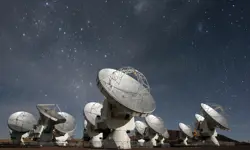
ALMA – the high altitude observatory
The Atacama Large Millimetre/submillimetre Array (ALMA) is the largest and most expensive ground-based telescope built, revolutionising our understanding of stars and planetary systems. Building it in the Atacama Desert in Chile required the ingenuity of hundreds of engineers.

Communicating with outer space
The Royal Academy of Engineering awarded a team at BAE Systems the Major Project Award in June 2016 for their development of a powerful satellite modem system, pivotal in enabling the precise control of the pioneering Rosetta spacecraft and the first-ever soft landing of a spacecraft on a comet.
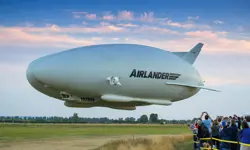
An aircraft like no other
The Airlander made headlines when it embarked on its first test flight in August 2016 as the world’s largest aircraft. Chris Daniels at Hybrid Air Vehicles Limited, and David Burns, Airlander’s Chief Test Pilot, talk about the engineering that helped it reach this stage and plans for the craft’s future.

Q&A: Lucy Harden
Lucy Harden is a mechanical engineer on BAE Systems’ Digital Light Engine Head-Up Display development programme. She devises innovative solutions for pilots to display essential flight information that sits directly in their line of sight and is overlaid onto the real world.
Other content from Ingenia
Quick read
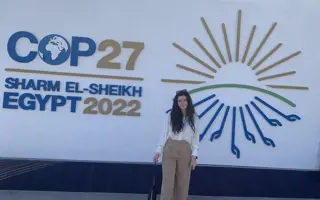
- Environment & sustainability
- Opinion
A young engineer’s perspective on the good, the bad and the ugly of COP27
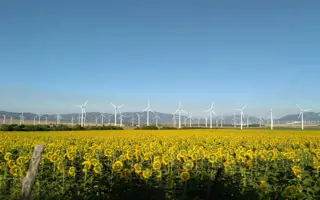
- Environment & sustainability
- Issue 95
How do we pay for net zero technologies?
Quick read

- Transport
- Mechanical
- How I got here
Electrifying trains and STEMAZING outreach

- Civil & structural
- Environment & sustainability
- Issue 95